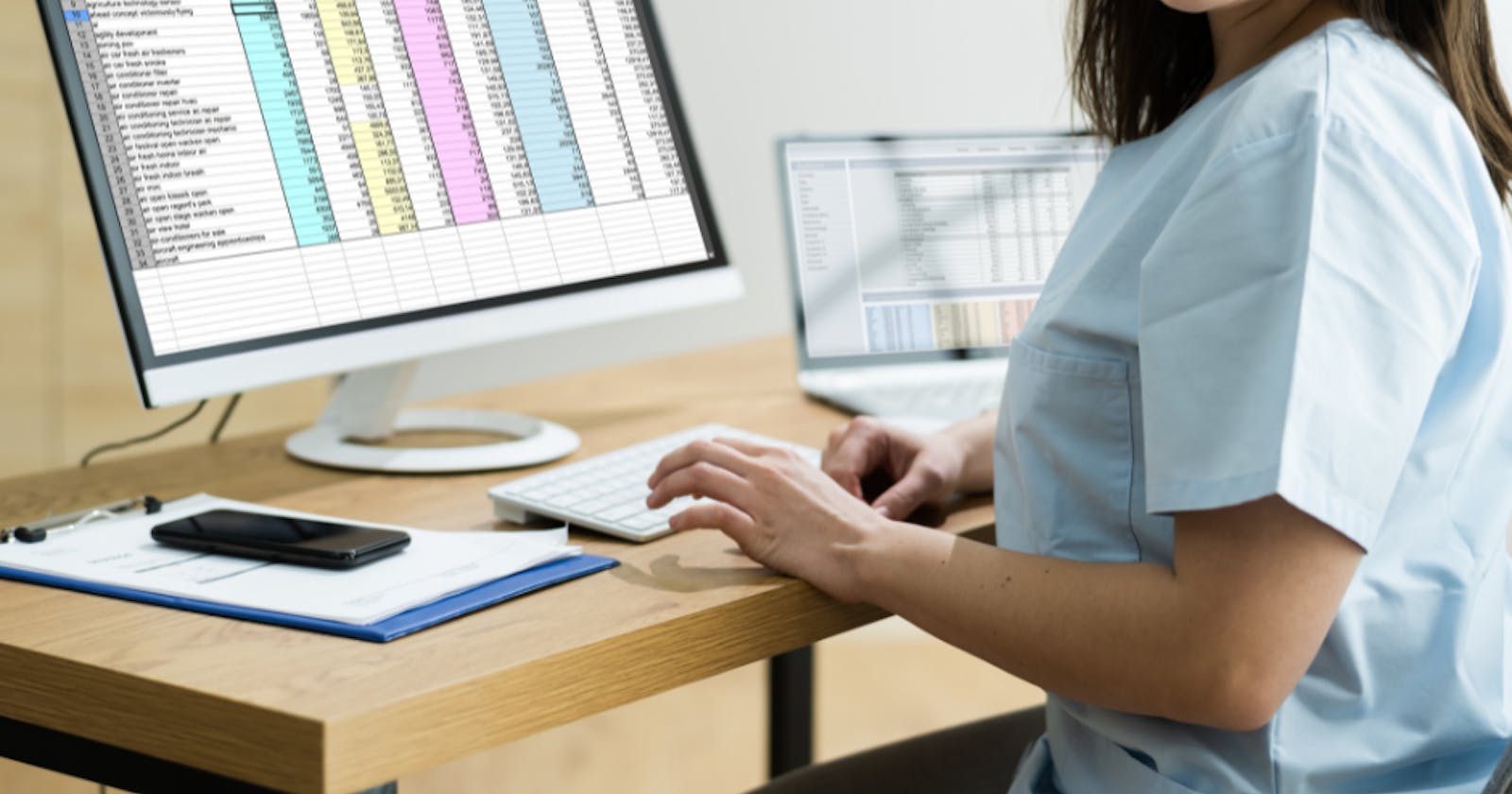RPM Billing Codes:
Exploring CPT and HCPCS Codes for Remote Patient Monitoring:
Introduction:
In the rapidly evolving field of remote patient monitoring (RPM), accurate and appropriate billing is crucial for healthcare providers. MedMax Technologies, a leading provider of medical billing services, understands the importance of understanding the specific billing codes associated with RPM services. In this article, we will delve into the world of RPM billing codes, specifically the Current Procedural Terminology (CPT) and Healthcare Common Procedure Coding System (HCPCS) codes. By exploring these codes, healthcare providers can ensure accurate documentation and reimbursement for their remote patient monitoring services.
1. The Significance of CPT and HCPCS Codes in RPM Billing:
CPT codes, developed by the American Medical Association (AMA), serve as universal identifiers for medical procedures and services. HCPCS codes, maintained by the Centers for Medicare and Medicaid Services (CMS), are essential for billing Medicare and Medicaid patients. Both code sets play a vital role in RPM billing, providing standardized codes for reporting and reimbursement purposes.
2. CPT Codes for RPM Billing:
CPT codes offer specific identifiers for different aspects of remote patient monitoring. For instance, CPT code 99453 represents the initial setup and patient education for RPM devices. CPT code 99454 covers the supply and daily recording or transmission of data from RPM devices. CPT code 99457 represents the first 20 minutes of clinical staff time spent on RPM services, while CPT code 99458 accounts for each additional 20-minute increment.
3. HCPCS Codes for RPM Billing
HCPCS Level II codes further complement CPT codes, particularly for Medicare and Medicaid billing. HCPCS code G2012 is used for virtual check-ins, where patients communicate with healthcare providers through audio or video technology. HCPCS code G2010 covers the remote evaluation of recorded video and/or images submitted by the patient.
4. Documentation and Compliance Requirements:
Accurate documentation is essential for RPM billing. Healthcare providers must maintain detailed records that support the medical necessity of RPM services and the time spent monitoring and managing patients remotely. Compliance with specific documentation and reporting requirements outlined by payers is crucial to ensuring proper reimbursement.
5. Staying Updated with Coding and Reimbursement Changes:
As the field of RPM evolves, coding and reimbursement updates may occur. It is vital for healthcare providers to stay informed about the latest changes to RPM codes and guidelines. By keeping abreast of these updates, providers can ensure accurate billing and maximize reimbursement opportunities.
Conclusion:
Understanding and utilizing the appropriate CPT and HCPCS codes is essential for successful RPM billing. MedMax Technologies, with its expertise in medical billing services, can help healthcare providers navigate the complexities of RPM coding. By leveraging our knowledge and experience, providers can ensure accurate documentation, proper reimbursement, and seamless integration of remote patient monitoring services into their practice. Contact MedMax Technologies today to streamline your RPM billing process and optimize your remote patient monitoring services.
